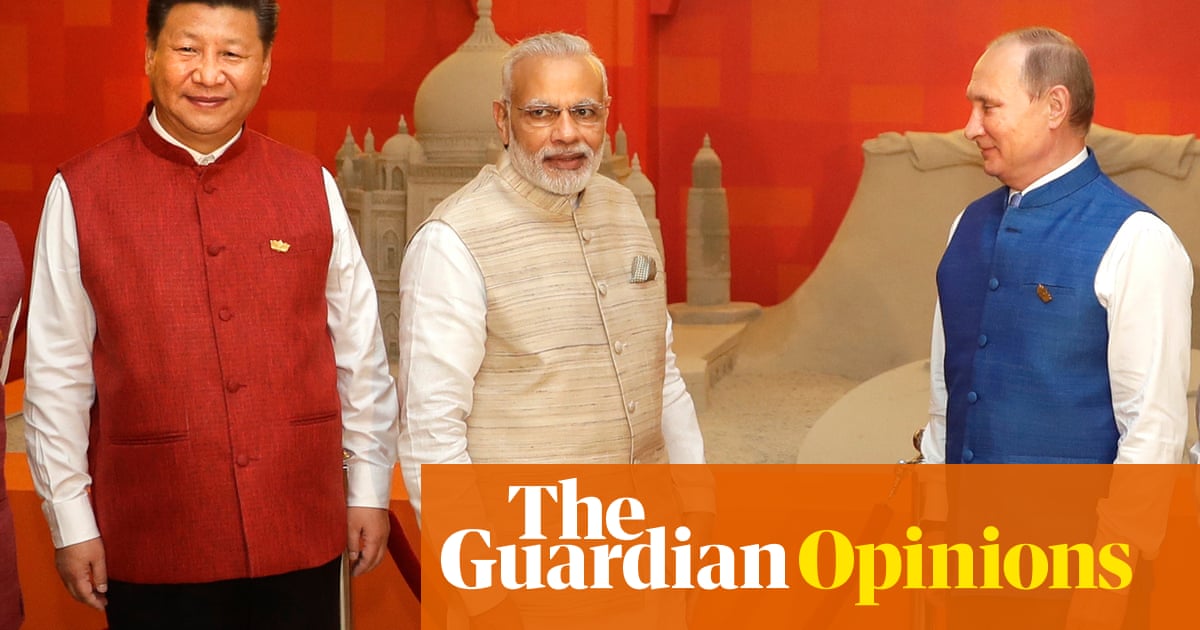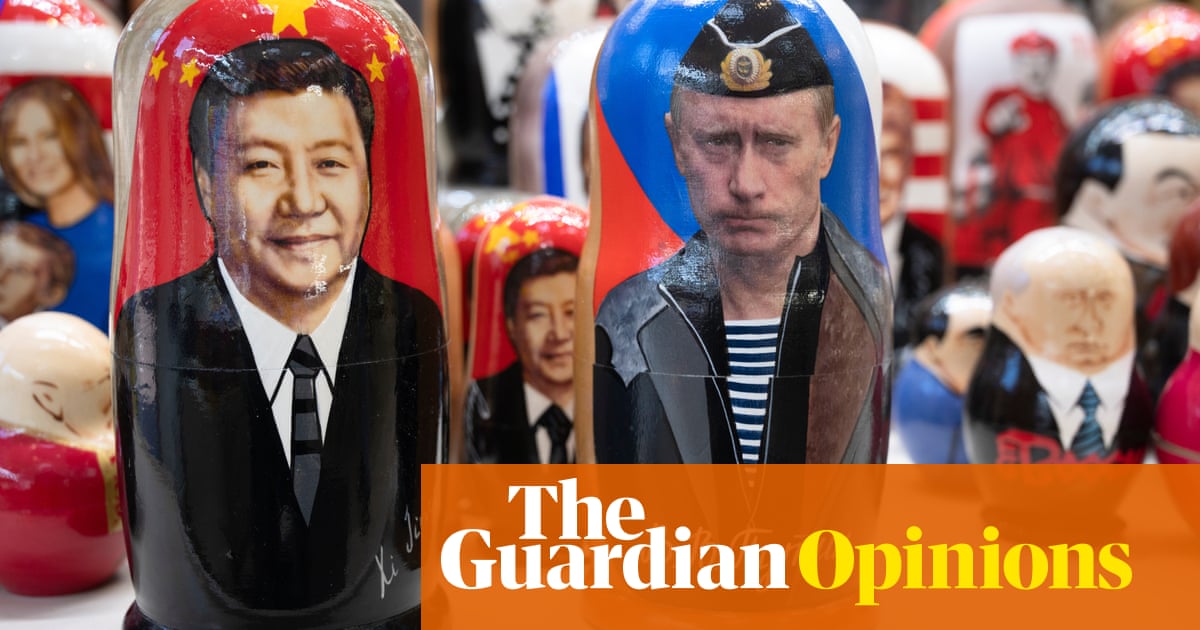
When I served as Supreme Allied Commander at NATO from 2009 to 2013, I developed a friendly relationship with the head of the Russian armed forces, General Nikolai Makarov. He was a short, barrel-chested man with a congenial personal style, and given my own somewhat compact physique, I could at least tell my boss, Secretary of Defense Bob Gates, that I literally saw things “eye to eye” with my Russian counterpart. Our meetings occurred both in Moscow and several times in Brussels at NATO headquarters. I also had him over to my official residence in Mons, Belgium, where we had meaningful conversations.
We argued about a variety of things from the Russian invasion of Georgia to an appropriate strategy in Afghanistan, but it was an open, sensible and pragmatic relationship. Probably the greatest disagreement we had involved the US desire to install a missile defense system in Europe -- intended not to oppose Russian strategic systems but to defend against Iranian ballistic missiles.
We also developed a series of cooperative programs, from counter-piracy off the Horn of Africa to information-sharing on narcotics flowing from Afghanistan. Overall, that kind of military-to-military engagement is very helpful in defusing tension and avoiding unintended clashes. It matters at the tactical, operational and strategic levels.
Given the subsequent invasion of Ukraine, annexation of Crimea, intrusion into US elections, and Russian support for the war criminal Bashar al-Assad in Syria, those sorts of top-level relationships have been dormant for some time. I was therefore heartened by recent reports that the chairman of the Joint Chiefs of Staff, Joe Dunford, and the current Supreme Allied Commander, Army General Curtis Scaparrotti, are in serious discussions with the current head of the Russian armed forces, Valery Gerasimov.
Phone conversations are occurring with some regularity, and most importantly, Scaparrotti and Gerasimov have tentatively scheduled a face-to-face meeting in Europe. This is an important element if we are to avoid stumbling backward into a full-blown Cold War with Russia.
What should be on the agenda when these two seasoned military leaders meet?
Tactically, the two generals need to create an effective regime to avoid unintended confrontations between NATO and the Russians. In several instances over the past 12 months, NATO and Russian aircraft and ships have been on collision courses in the Baltic, Black and Mediterranean Seas. While the details would be classified, there have probably also been close and dangerous interactions under the ice in the Arctic.
The two leaders should see that their staffs confer on ways to reduce the potential for high-stakes accidents. This can include technical signals to use in operations, setting “stand-off” distances at air and sea, and tactical hotlines to keep each side informed of patrols.
Operationally, the conversations should look at where forces are being assigned broadly. The Russians are extremely unhappy with increased NATO military presence on their borders. NATO, on the other hand, is justifiably critical of Russian troops in southeastern Ukraine. While neither side will immediately change deployments, a good starting point would be for each side to brief the other about current deployments and plans at a very broad, generic, unclassified level. Let the Russians explain what they are doing in Ukraine; and have the NATO commander defend the development and deployment of the new NATO Rapid Reaction Forces. There may be small compromises that could be suggested up the respective chains of command to reduce obvious areas of tension.
In terms of operational exercises, more transparency and visibility would be good. There are existing mechanisms here, such as the Open Skies agreement, allowing some overflight and reconnaissance during another nation’s military exercises. Additionally, the huge training programs run by both Russia and the US could allow on-the-ground observers in portions of the exercise as a confidence-building measure. Naval exercises in the Baltic and Black Seas could include a component with both sides working together practicing humanitarian operations or counter-narcotics.
Finally, at the strategic level, there is much to discuss. While these senior military officers are not in charge of their nations’ strategies, they can certainly illuminate them for each other. Scaparrotti should be prepared to discuss the Donald Trump administration’s new National Security Strategy (largely drafted by the departing National Security Adviser H.R. McMaster). Gerasimov should be able to help the West understand why President Vladimir Putin is launching a series of new, dangerous weapons -- including a nuclear torpedo.
In addition to working through challenges and tensions, the two generals should think together about possible areas of cooperation. Some to consider include counterterrorism, search-and-rescue in the Arctic, counter-piracy, and a return to cooperation in Afghanistan (where both nations have shared interests in reducing narcotics and stabilizing the region).
Of course, none of this will immediately defuse all the tensions between NATO and Russia. There will be challenges aplenty in the relationship, including the most recent one -- an attack on British soil using an outlawed nerve agent. But by taking an approach that says we should confront where we must, but cooperate where we can, these two leaders can propose intelligent and realistic zones of collaboration in the current sea of confrontation.
Bloomberg View












